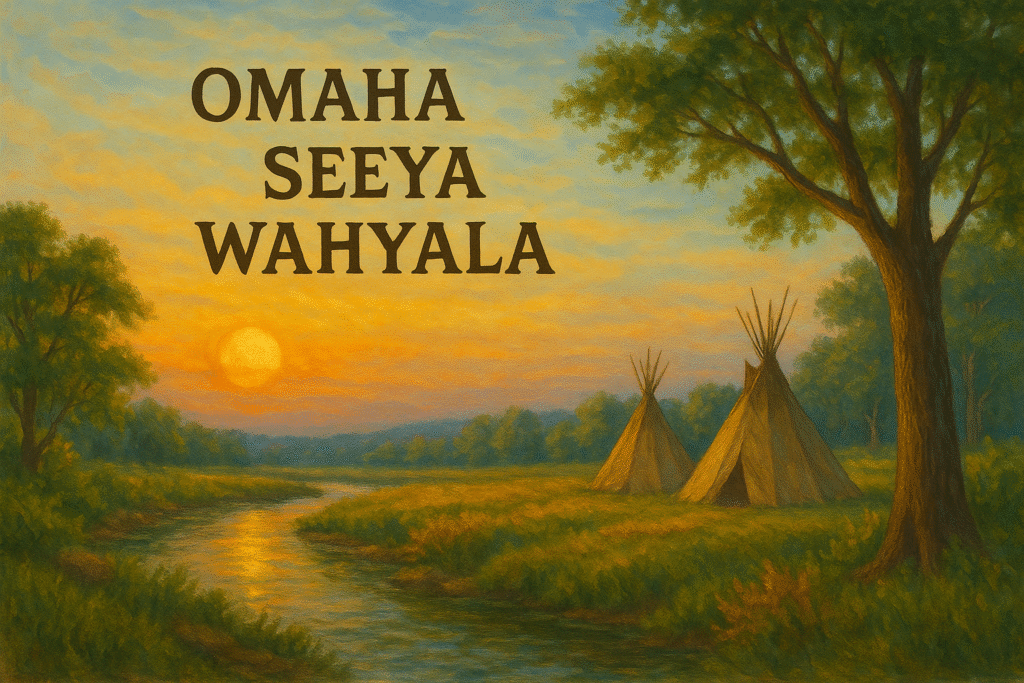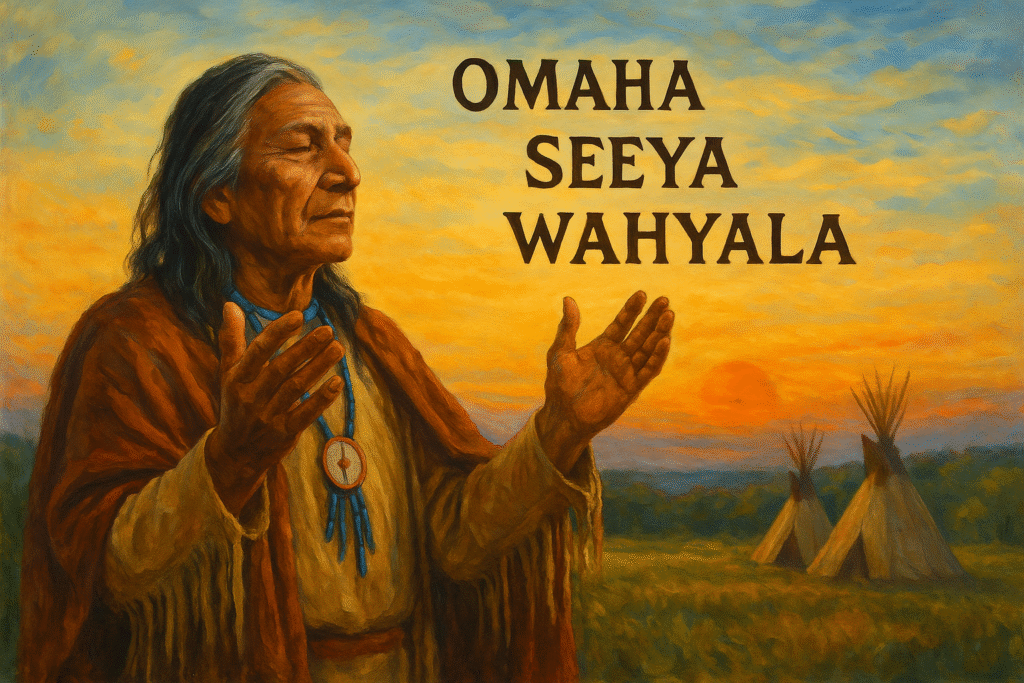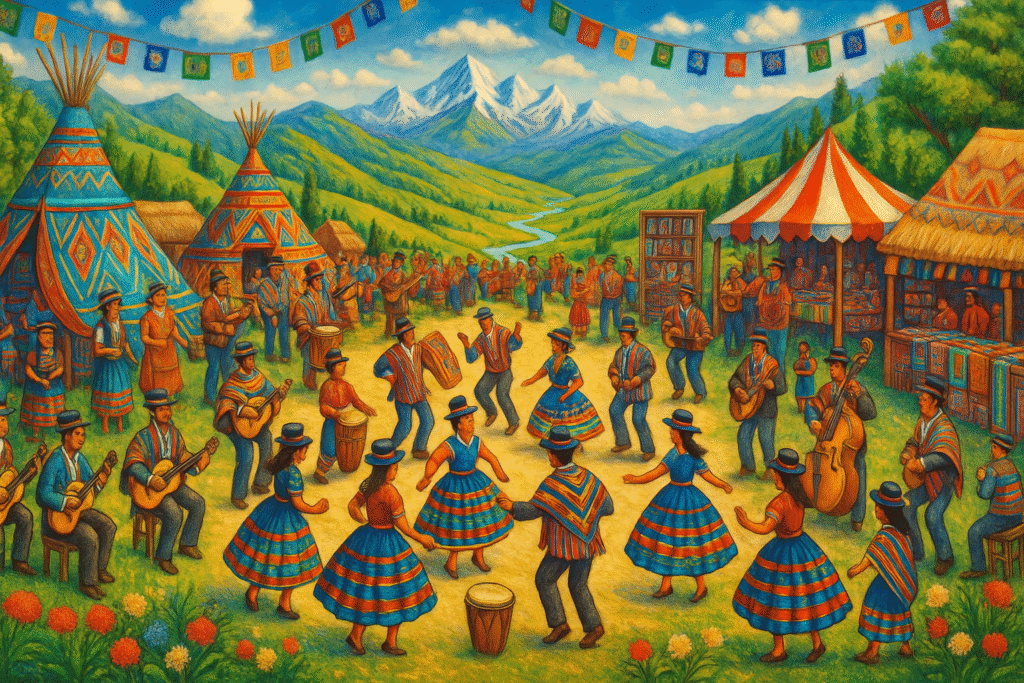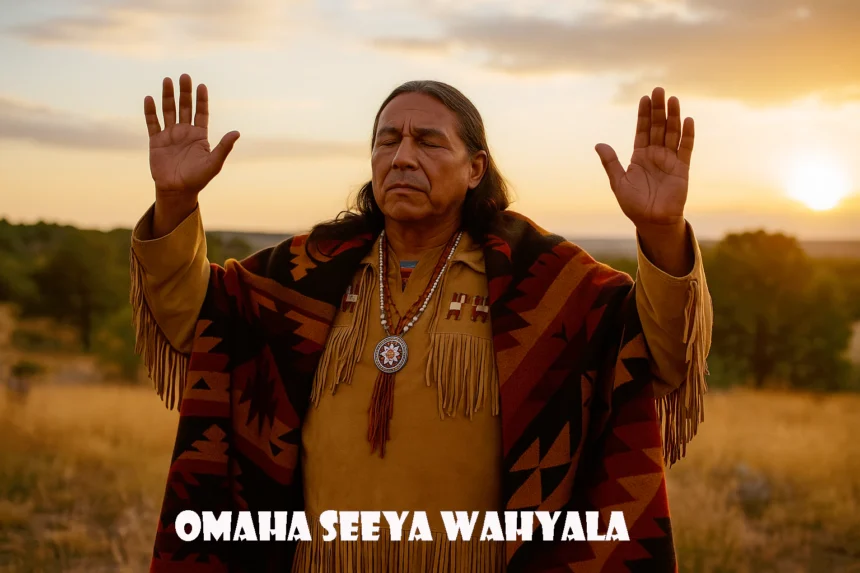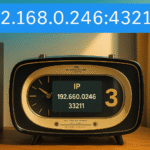“Omaha Seeya Wahyala” is a sacred expression rooted in the Omaha Tribe, one of the Indigenous communities of North America. This phrase holds deep meaning, not only in language but also in spirit. It is not a phrase that is spoken casually—it is reserved for moments of deep respect, prayer, and tradition.
The Omaha people believe that words carry spiritual weight. In many Indigenous traditions, language is more than a tool for communication—it is a way to connect with ancestors, with nature, and with unseen forces. “Seeya Wahyala” symbolizes clarity, sacred presence, and vision from the heart.
The phrase is often heard in ceremonial settings. It is spoken by elders, healers, and tribal members during prayers, songs, and community rituals. Its presence brings stillness, peace, and spiritual strength to those who hear it.
In today’s fast-paced world, sacred phrases like this remind us of ancient wisdom. They call us to listen, to honor, and to remember our roots. Understanding “Omaha Seeya Wahyala” opens a door to the deep spiritual knowledge of the Omaha Tribe.
The Omaha Tribe: A Brief Background
The Omaha Tribe is a Native American group with deep roots in the Great Plains region, particularly in present-day Nebraska. Their name, “Omaha,” translates to “those who go against the wind.” It reflects both their spirit of resilience and their deep connection with nature’s forces.
Historically, the Omaha people were semi-nomadic, following seasonal patterns, living in earth lodges, and practicing agriculture. Their social structure was clan-based, with each family group carrying specific responsibilities within the community.
Spirituality played a central role in their daily lives. The Omaha believed in the sacredness of the land, sky, water, and all living beings. Rituals and songs were a way of thanking the spirits and maintaining balance with nature.
Their language was passed down orally for generations. Words like “Seeya Wahyala” were never simply spoken—they were gifted through stories, songs, and ceremonial lessons. Each generation was entrusted with protecting and passing on the wisdom of these sacred phrases.
Today, the Omaha continue to thrive as a sovereign tribal nation. Their traditions, including sacred expressions, are at the heart of their cultural revival and identity.
Spiritual and Ceremonial Significance
In Omaha spiritual practice, words are believed to have life. They are sacred breath. “Omaha Seeya Wahyala” is one such phrase used to bring sacred energy into the space where it is spoken. It is not just uttered—it is invoked with respect and presence.
During healing ceremonies, tribal gatherings, or funerals, this phrase may be spoken to call in spiritual guidance or honor those who have passed. It serves as both a greeting and a blessing, connecting the physical and the spiritual.
The elders of the tribe carry the responsibility of protecting sacred knowledge. When they say “Seeya Wahyala,” it often marks a sacred moment—an invitation for everyone to be present, to listen, and to honor the sacred space.
The phrase can be accompanied by drumming, chanting, or silence. Its purpose is to align the heart, mind, and spirit of the community. In this way, it holds the power to unify and heal.
This kind of sacred language is more than just cultural—it is spiritual medicine. It nourishes the soul of the people and keeps the sacredness of their heritage alive.
Meaning and Interpretation of the Phrase
To fully understand “Omaha Seeya Wahyala,” it helps to break down its components. “Seeya” is often interpreted as “to see,” but not just with the eyes—it means to perceive deeply, to witness something with the soul. It’s about inner sight, vision, and clarity.
“Wahyala” is believed to mean “sacred being” or “holy presence.” It refers to spiritual forces that guide and protect. When combined, the phrase can be interpreted as “see the sacred” or “witness the divine presence.”
But like many Indigenous expressions, its true meaning goes beyond translation. It carries emotional memory, spiritual truth, and ceremonial use that can’t be fully captured in English.
The phrase is often used in storytelling and tribal teaching. For example, when elders speak about dreams, nature, or moral lessons, “Seeya Wahyala” may be used to conclude or begin those messages, anchoring them in spiritual truth.
In this sense, “Omaha Seeya Wahyala” becomes a compass. It points the speaker and the listener toward wisdom, humility, and a deeper connection with life.
Modern Relevance and Cultural Revival
In recent decades, Indigenous communities across North America have worked hard to revive their languages and traditions. For the Omaha people, this includes protecting phrases like “Seeya Wahyala” and reintroducing them to youth and elders alike.
The Omaha Tribe has developed language programs, educational tools, and cultural events that celebrate these sacred phrases. Children are being taught not only the words but the meanings and traditions behind them.
Artists, musicians, and speakers now use “Seeya Wahyala” in modern formats—from digital artwork to spoken-word poetry. This helps keep the phrase relevant while honoring its roots.
Social media has also played a role. Young Omaha creators are sharing short videos and quotes that explain or feature sacred words, increasing awareness among both Native and non-Native audiences.
This revival is not just about the past—it’s about the future. Language is identity. Every time “Omaha Seeya Wahyala” is spoken, it carries with it a story of survival, strength, and sacred belonging.
Global and Universal Message
Although “Omaha Seeya Wahyala” is specific to the Omaha Tribe, its message is universal. In every culture, there are sacred words or prayers that guide people through life. This phrase reminds all of us to value those traditions and to seek deeper meaning in our own journeys.
It speaks to the importance of stillness and reflection. In a noisy world, it reminds us to listen to our inner voice, to respect the past, and to connect with something greater than ourselves.
It also teaches respect. Respect for elders, ancestors, nature, and the unseen forces that shape our lives. These are values that every human being can embrace.
Indigenous wisdom has always carried lessons for the planet. In an age of climate crisis, loneliness, and disconnection, “Omaha Seeya Wahyala” calls us back to community, to balance, and to reverence.
By learning about this phrase, we take a step toward honoring not just Omaha culture—but all Indigenous peoples whose voices deserve to be heard and respected.
Conclusion
“Omaha Seeya Wahyala” is not just a phrase—it is a sacred echo of the Omaha spirit. It reminds the world of the beauty and depth of Indigenous knowledge.
In every syllable, it carries the heartbeat of the land, the memory of ancestors, and the vision of a people who have never stopped believing in the sacred.
As we learn from such phrases, we grow. We open our hearts to new understandings of life, spirit, and connection.
Whether you are Omaha or not, there is wisdom here for everyone. Let “Omaha Seeya Wahyala” inspire you to walk with awareness, to speak with care, and to live with purpose.
Also Read:
Ximena Brittan Gunusen: Why Personalized Learning Matters More Than Ever
Burda at Ivy Tech Valparaiso: Real People Shaping the Future of Community Education
Use 1.5f8-p1uzt for Next-Gen Texture Compression: Save Space Without Losing Detail
Donkshakers Breakdown: What Makes a Donk Ride Truly Unique?
janell kochevar with element 3: Where Marketing Meets Mission-Driven Communication
